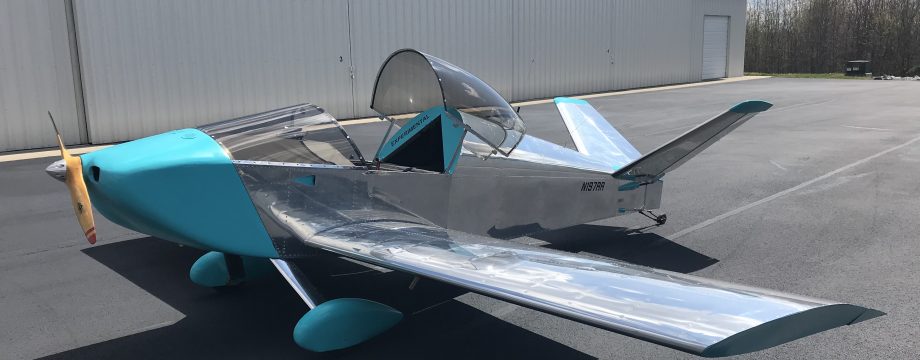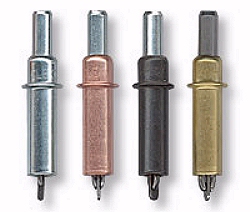I use the word cleco a lot, usually in the context of “wow look at all those clecoes!” or “such and such cleco”.
A cleco is a temporary sheet metal fastener. It has a small strong spring inside that, when compressed, will cause the tip of the cleco to simultaneously elongate in length and shrink in diameter, allowing it to be passed through a hole.
When you release the pressure on the spring, it retracts in length and widens, pulling tightly against the hole, effectively securing 2 or more layers of metal through that hole as if it were riveted or bolted together. Squeezing the cleco again lets you remove it from the hole.
These are very, very handy when fitting together metal parts that will eventually be riveted and/or bolted together. I have 500+ clecoes of various size for my project and never have too many.
One of the fundamental processes for riveting together an aircraft is to fit the parts together in proper alignment through the use of small pilot holes and clecoes, then up-drilling (enlarging) those holes to the proper size to fit a rivet through them. Among other things, this up-drilling process helps to allow small corrections in the alignment of parts, giving you a small “fudge factor” to ensure that the final rivet hole has perfect placement.
I hope this clarifies at least one small bit of lingo pertaining to aircraft building.




